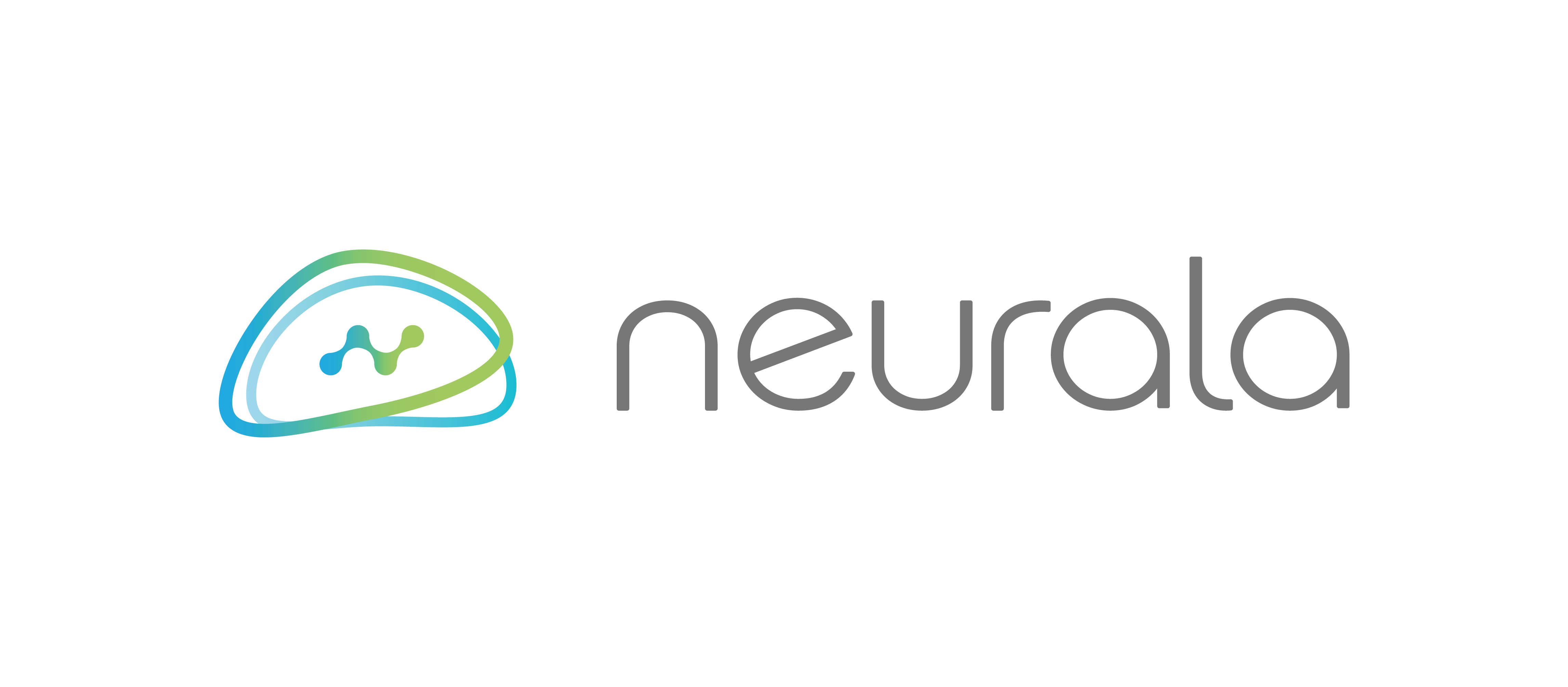Neurala Announces Detector Feature to Improve Quality Inspection on the Production Line
It is with great excitement that we announce the launch of our new detection technology, designed and developed for manufacturing and industrial settings. Detector enables manufacturers to find and identify objects in a field of view to ultimately improve the quality inspection process.
The release of Detector is the latest AI model from the company, adding to its existing classification and anomaly recognition capabilities. With the addition of detection, manufacturers can now easily find objects in a field of view, opening up new use cases and applications across industries such as robotics, automotive and logistics. For example, automotive parts manufacturers could use Detector to ensure the correct number of parts are in any given kit when checked against a bill of materials. If the technology identifies an object or part is missing, it can flag it to the system to be handled accordingly.
“At Neurala we are on a mission to help the industrial and manufacturing industries harness the power of vision AI. With the addition of detection, manufacturers will be able to unlock new use cases and applications that will help them advance their Industry 4.0 initiatives,” said Max Versace, CEO and co-founder of Neurala. “We’ve heard from our partners that detection is a feature their customers have been asking for, so we are excited to bring this capability to market as we continue to expand our solutions and offerings aimed at helping manufacturers improve the quality inspection process.”
Existing detection solutions on the market are hard to program and lack adaptability, making them inaccessible to the everyday manufacturer. With Neurala’s detection technology, part of the Neurala VIA software suite, manufacturers have a solution that is quick and easy to program, regardless of skill level or AI expertise. It is also flexible, so manufacturers can seamlessly integrate detection with an existing environment or adapt it to changes in the production line. As a result, manufacturers will see better, faster implementation which ultimately improves ROI.
In conjunction with the launch of its detector feature, Neurala is also releasing EtherNet/IP, expanding VIA’s ability to easily integrate into existing machinery, without the need for additional adapters or specialized knowledge. The most common industrial protocol in North America, the addition of EtherNet/IP as the next industrial protocol VIA supports enables Neurala to better serve both new and existing customers with native supported industrial outputs.
For more information, visit: www.neurala.com/tech
Follow Neurala on Twitter (@Neurala) and on Facebook, YouTube and LinkedIn.
For more information about Neurala, request a demo.
FAQ
- Can the article provide insights into the technical workings of the Detector feature and how it achieves object detection in manufacturing and industrial environments?
Neurala’s detection solution can ensure the correct number of parts are in any given product when checked against a bill of materials. If the technology identifies an object or part is missing, it can flag it to the system to be handled accordingly. With Neurala’s detection technology, manufacturers have a solution that's quick and easy to program, regardless of skill level or AI expertise. It's also flexible, so manufacturers can seamlessly integrate detection with an existing environment or adapt it to changes in the production line. - Can the article provide insights into any challenges or limitations that manufacturers should be aware of when adopting the Detector feature, and how Neurala addresses or mitigates these issues.
Manufacturers should be aware of potential challenges such as the need for training data, the complexity of setting up detection parameters, and the possibility of false positives or false negatives. Neurala addresses these challenges by offering guidance on data collection and annotation, providing user-friendly interfaces for setting detection parameters, and continuously improving the accuracy and reliability of the Detector feature through iterative updates and enhancements. - How does EtherNet/IP enhance VIA's compatibility with industrial equipment and facilitates seamless integration into production lines? What are the key benefits of EtherNet/IP integration for manufacturers, and how does it streamline the implementation process for Neurala's vision AI solutions? Additionally, are there any potential considerations or best practices for manufacturers when integrating VIA with EtherNet/IP-enabled machinery?
EtherNet/IP, expands VIA’s ability to easily integrate into existing machinery, without the need for additional adapters or specialized knowledge. The most common industrial protocol in North America, the addition of EtherNet/IP as the next industrial protocol VIA supports enables Neurala to better serve both new and existing customers with native supported industrial outputs.
